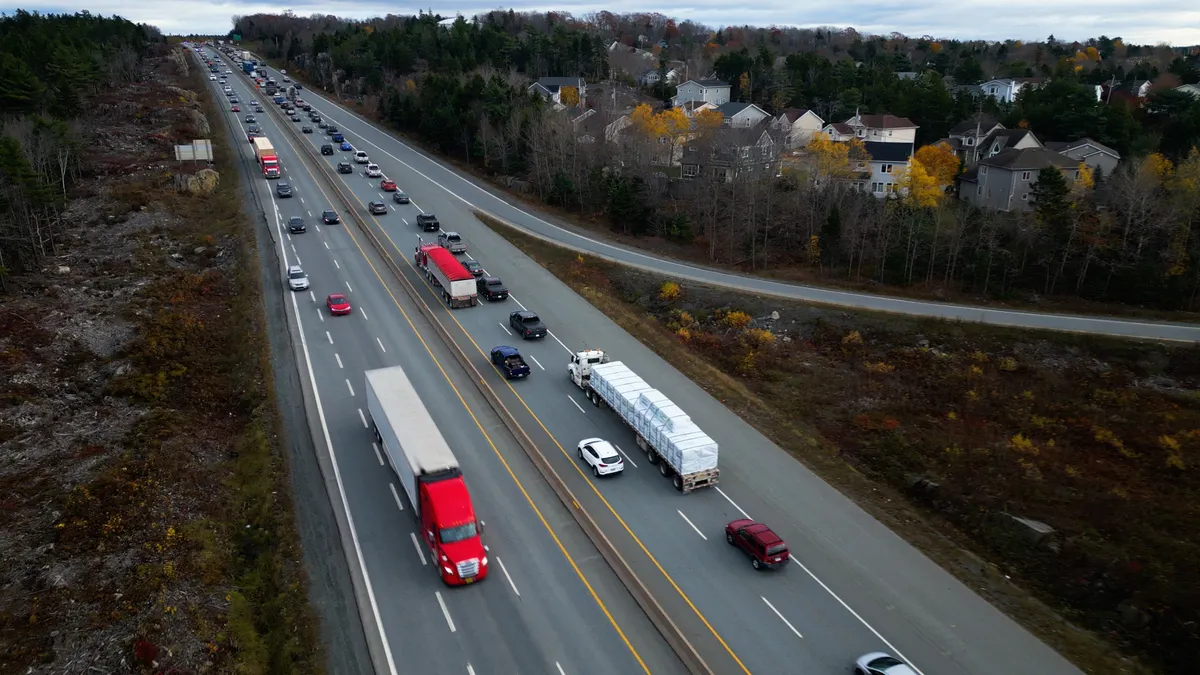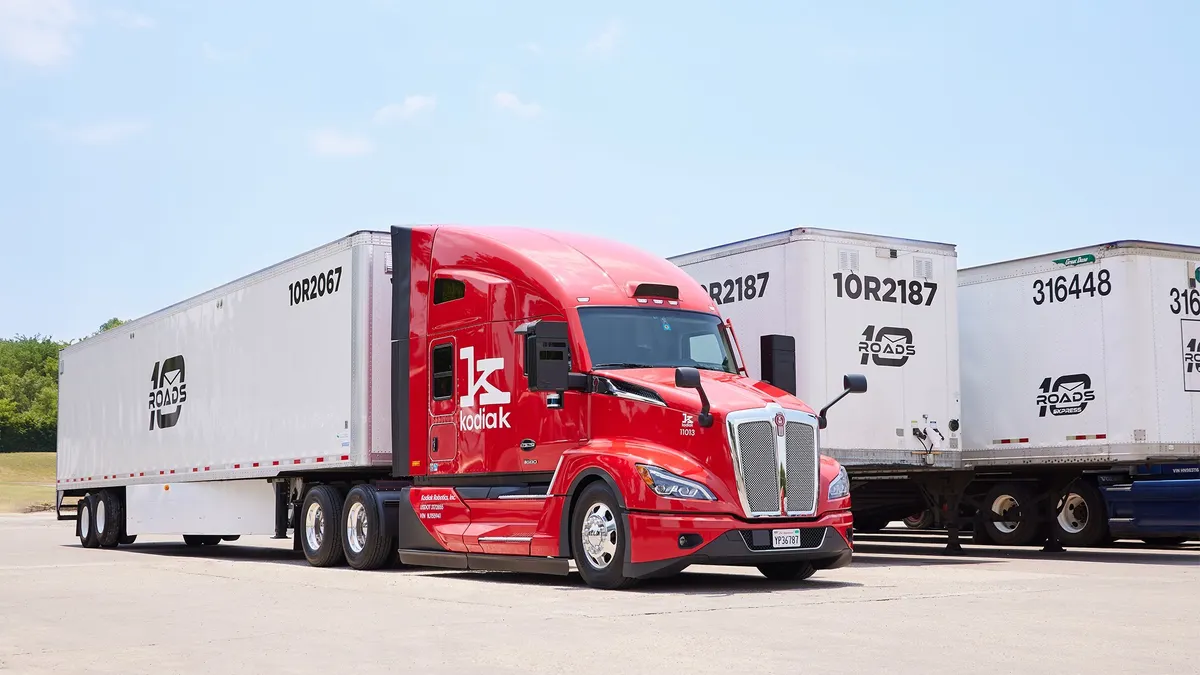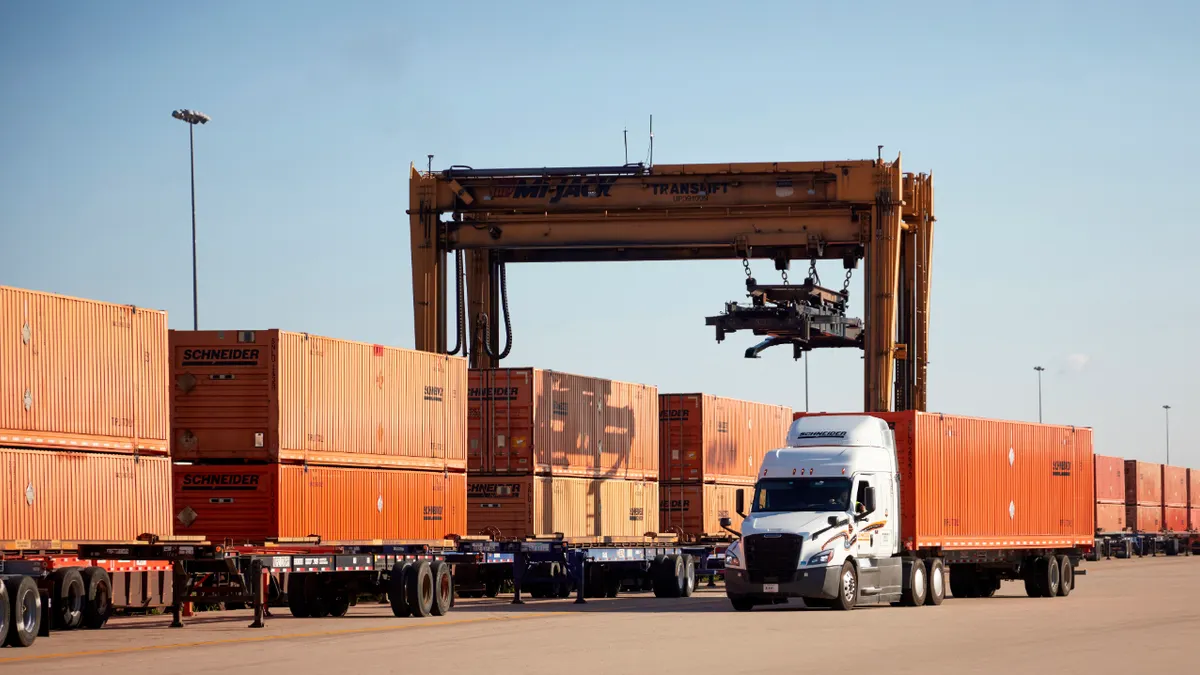As cities and states start to relax stay-at-home orders, shippers will begin to return to business as usual through the request for proposal/request for quotation (RFP/RFQ) process with carriers and 3PLs. There's excess capacity now, and going after low rates in the spot market could reduce shippers’ transportation costs in the short term — but it may damage carrier relationships just when shippers need them most. As the economy ramps up, carriers will remember shippers that didn't adhere to pricing developed during previous RFP processes.
In more normal times, the RFP process is an annual event as shippers build their transportation plans and budgets for the upcoming year. Some companies may put out RFPs more often as they add lanes or look for more competitive rates. The RFP process locks in carriers and shippers to prices in given lanes over the next 12 to 18 months and secures capacity for loads.
But in March and April, the bottom fell out of the market thanks to the coronavirus pandemic. "RFPs are still required to secure market-based pricing, but the uncertainty around volume plays into the whole RFP process now," said LeAnne Coulter, VP of freight management at Penske Logistics.

With the reduction in demand, rates have fallen dramatically since RFPs were awarded at the end of 2019 for 2020. Dry van rates fell to nearly 2016 levels, according to DAT, and have started to recover. There's a similar story for reefers and flatbeds.
In Europe, the market reacted differently. During the first two weeks of self-quarantine, rates jumped as much as 200% due to demand and driver shortages, said Josip Pandžić, a physical distribution specialist at L'Oréal in Zagreb, Croatia. During the early days of the pandemic, drivers who picked up a load in Italy and hauled it to Croatia had to self isolate for 14 days. Those requirements are lifting, leading to more drivers able to return to work. Now rates in Europe are only 10% to 20% higher than usual, Pandžić said.
"The uncertainty around volume plays into the whole RFP process now."

LeAnne Coulter
VP of freight management, Penske Logistics
Rate extremes are part of the usual pendulum swings in the industry, which will eventually move toward the carriers' favor like it did in 2018. For that reason, shippers should recognize the need to utilize contract rates to maintain relationships with core carriers, said Ron Kane, a San Diego-based transportation consultant with more than 30 years of experience on the shipper side.
"My position is, it's always crazy, it's just which part of the pendulum swing you happen to see and who's happy and who's not," Kane said.
While the current situation is unprecedented, previous situations such as the economic crash in 2008-2009 and the Polar Vortex in 2014 offer a preview of what may happen as the industry works through the current crisis.
"While the causes are very different, we see shippers and companies not being able to ship or receive freight and carriers who may have difficulty moving because the infrastructure isn't quite there, so we could potentially see imbalances beginning to happen in different parts of the country," Coulter said.
Based on experiences, experts recommend three considerations for managing RFPs during the pandemic shutdown and afterward, as the new normal takes shape.
1. Stay close to core carriers
Maintaining long-term relationships with carriers will help shippers be ready to ramp up when stay-at-home restrictions are lifted. Shippers that abandon contract carriers for the spot market may find that strategy coming back to haunt them. Rates are reaching the point where they're unsustainable for carriers, according to DAT.com.
"A shipper may be free to utilize spot rates, but keep in mind you're not going to end up with loyal carriers that are going to be there for you when the traffic returns," Kane said.
Shippers have to support carriers during this time, with the understanding that truckers can simply park their rigs if rates don't support profitable operation right now. Both sides have to make concessions to their core partners right now to maintain capacity for the future.
"You want to engage with your providers to make sure that your supply chain is ready for whatever that restart looks like," Coulter said.
Penske has shippers and carriers working together to establish protocols, social distancing and deploying technology communicating those expectations, Coulter added.
2. Rely on transparency
Volume estimates made at the end of last year don't hold water now. Usually, shippers share volume expectations in the RFP, but the current level of uncertainty makes it difficult. It's essential that shippers are transparent in the bidding process that volume is expected to be down, say 20%, and the RFP should reflect that estimate.
"We want to ensure that our core carriers have the opportunity to see the freight and provide the most current pricing that best fits with their network as it's operating at that time," Coulter said. "Carriers may not be as willing today to extend pricing more than three to six months, so there's an element of 'Let's work together through this very challenging time.'"
"There's an element of 'Let's work together through this very challenging time.'"

LeAnne Coulter
VP of freight management, Penske Logistics
Shippers should share their strategy as part of the RFP process so that carriers will be able to gauge the impact on their business and be upfront about their capacity plans.
"You can come up with a strategy that helps yourself, your carrier, and ultimately helps your customers and your bottom line,” Kane said.
3. Become a shipper of choice
Social distancing requirements have laid bare some outdated practices in the industry, such as requiring physical signatures on bills of lading or requiring drivers to count product loaded in the trailer.
"That's not practical anymore, and I would argue it's never been safe," Kane said. "I think things like this are going to force a lot of warehouses that hadn't advanced with technology over the last decade or so to have to get up to speed suddenly."
Businesses can become shippers of choice, which will help guarantee capacity when carriers have options on which freight to haul. Drivers may spend anywhere from 30 minutes to two or three hours at a loading dock, so basic amenities such as free WiFi, clean restrooms and a lounge help shippers create a pleasant, productive atmosphere for drivers.
"I think it benefits the entire industry to treat them well because they are a guest at your facility and you have an obligation to treat them as such," Kane said.
"A shipper may be free to utilize spot rates, but keep in mind you're not going to end up with loyal carriers that are going to be there for you when the traffic returns."

Ron Kane
Transportation Consultant
Shippers and carriers can support contactless deliveries through electronic proof of delivery and other technology. The shipper of choice philosophy starts at the gate and carries through loading and unloading and enabling drivers to be able to do their pre- and post-trip inspections in a convenient, safe space, Coulter said.
While the industry has adapted quickly to pandemic protocols, future RFPs may incorporate new operational and service requirements or shipper protocols for specific lanes or facilities, Coulter said.
"A good RFP includes those requirements so when an award is made and you move into operational execution, the carrier dispatch is able to set their driver up for success," Coulter said.





















